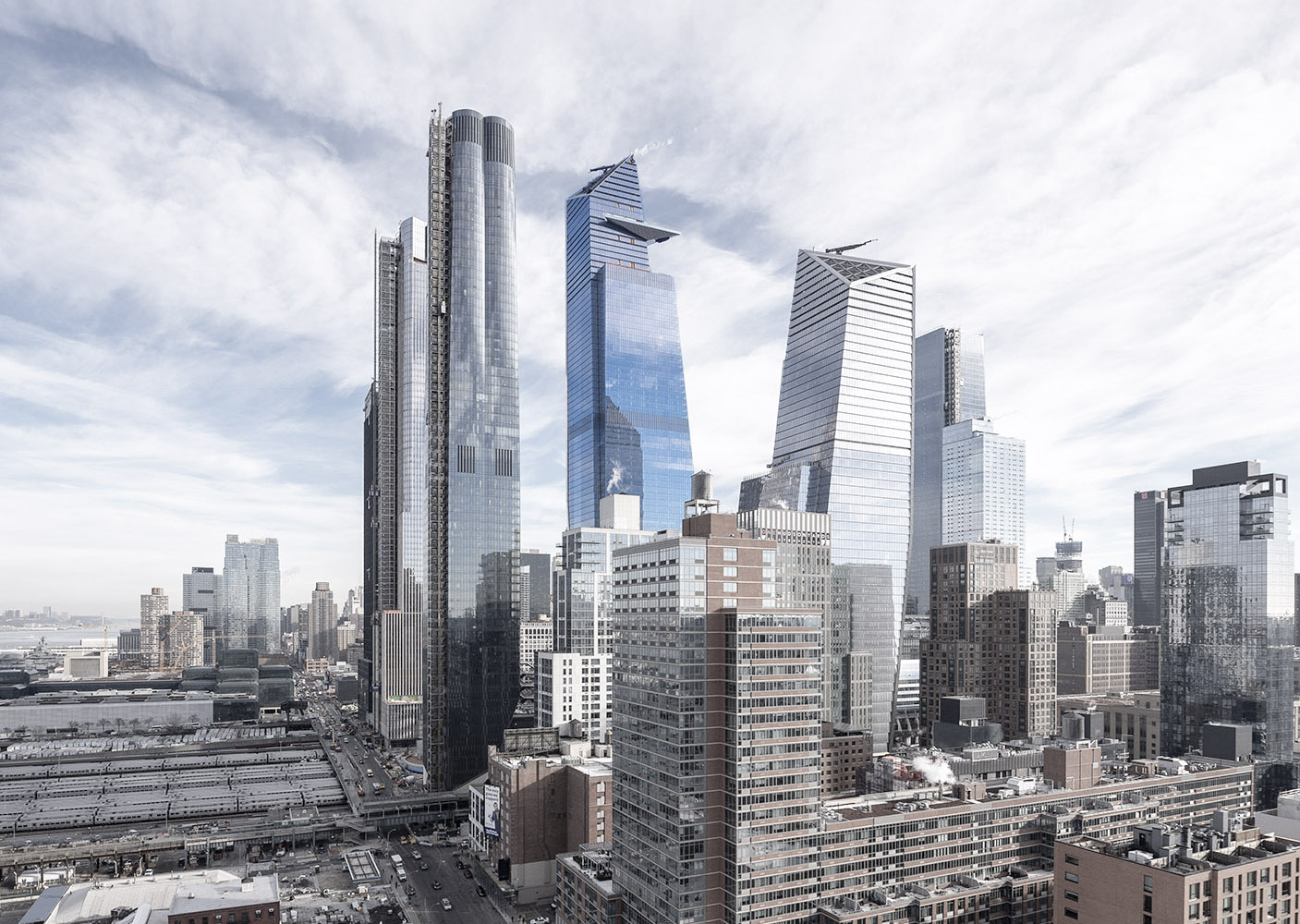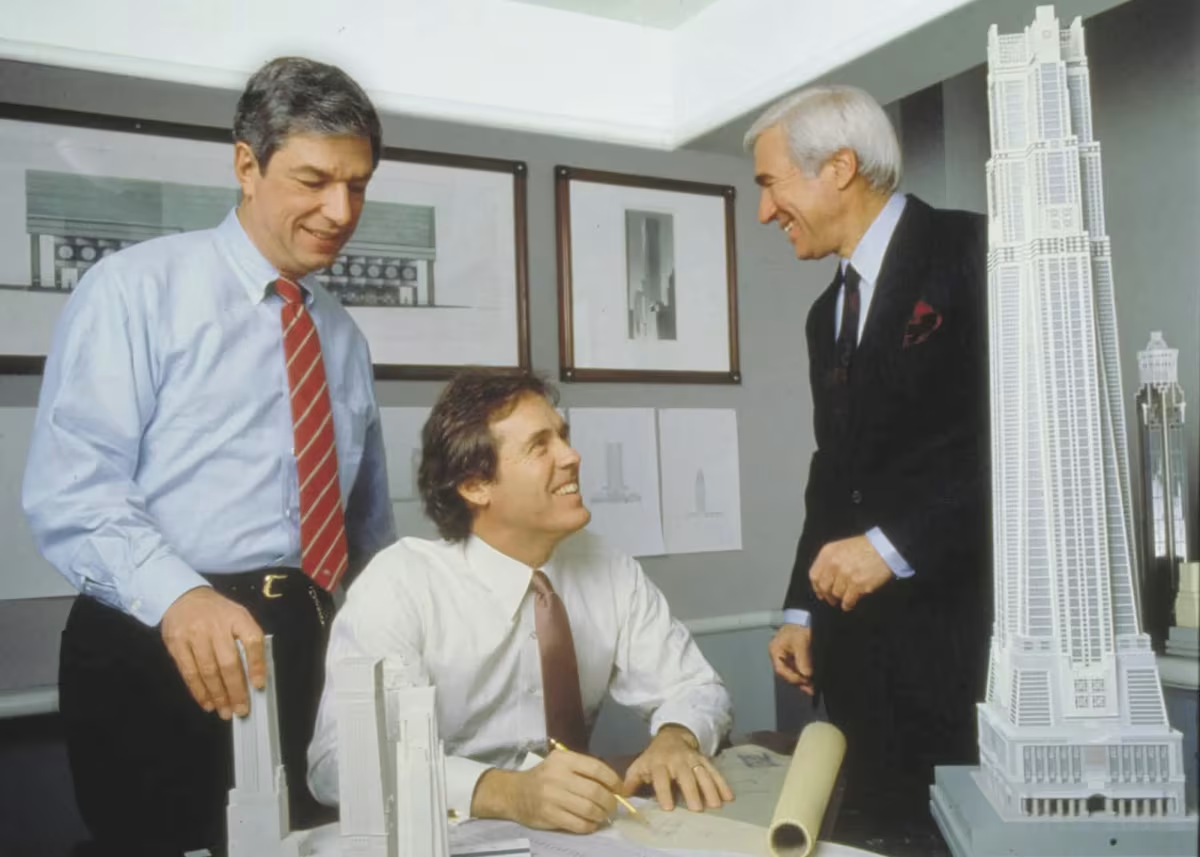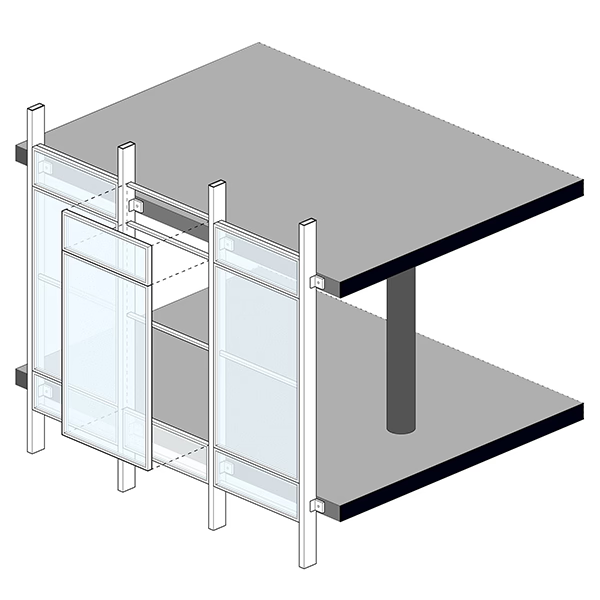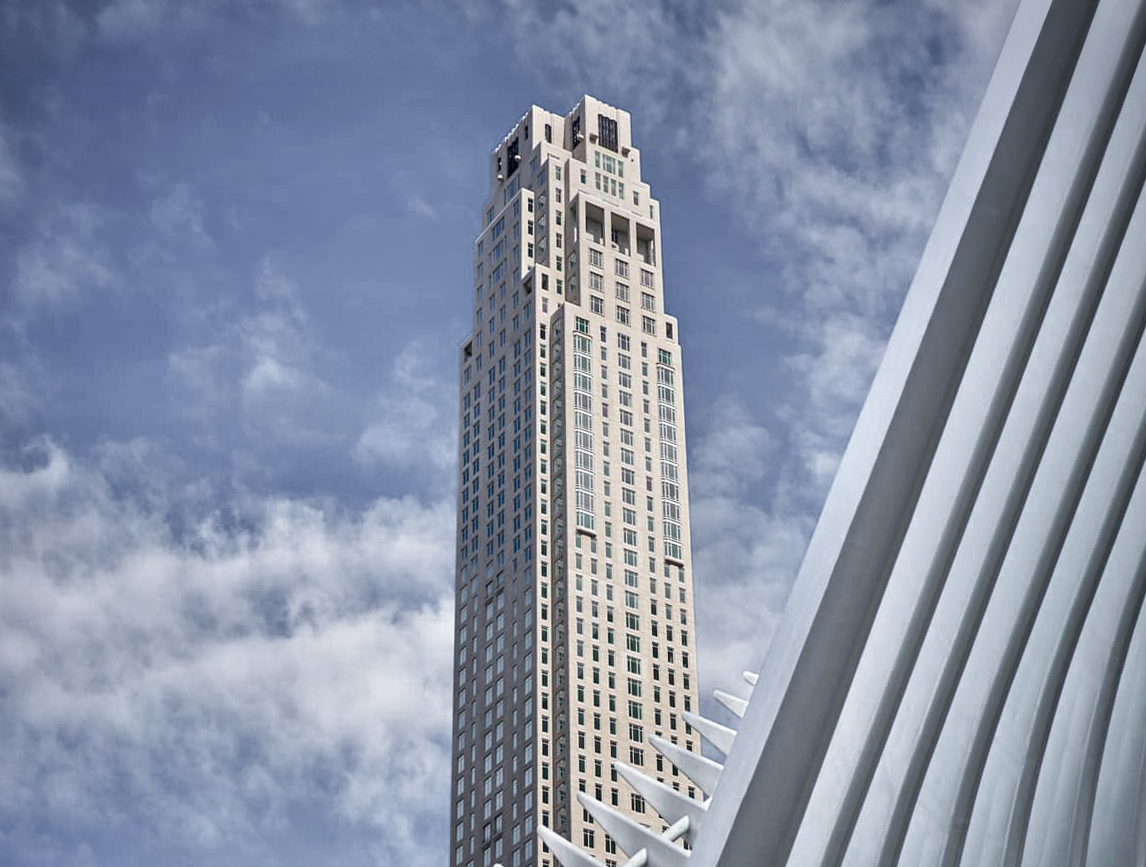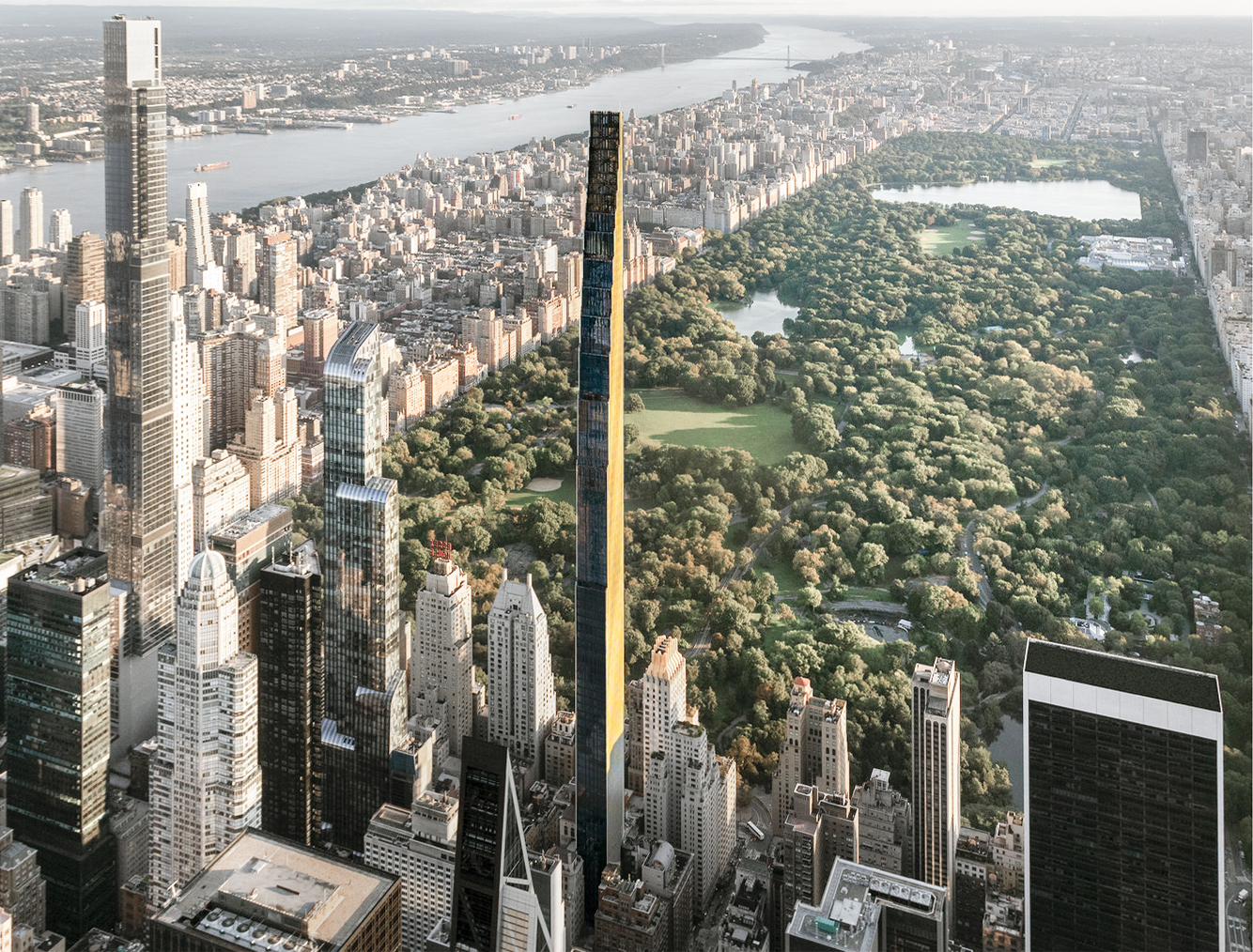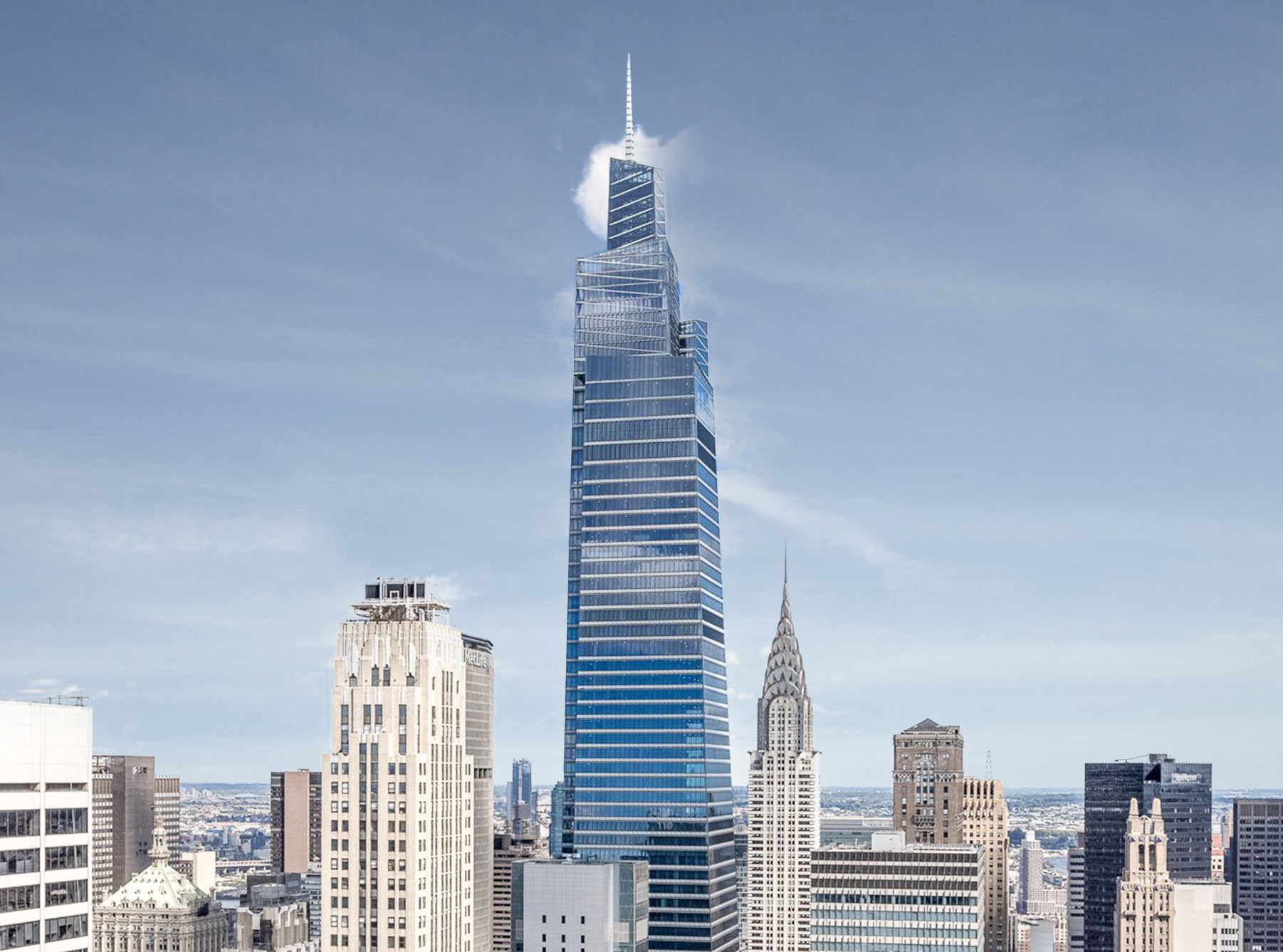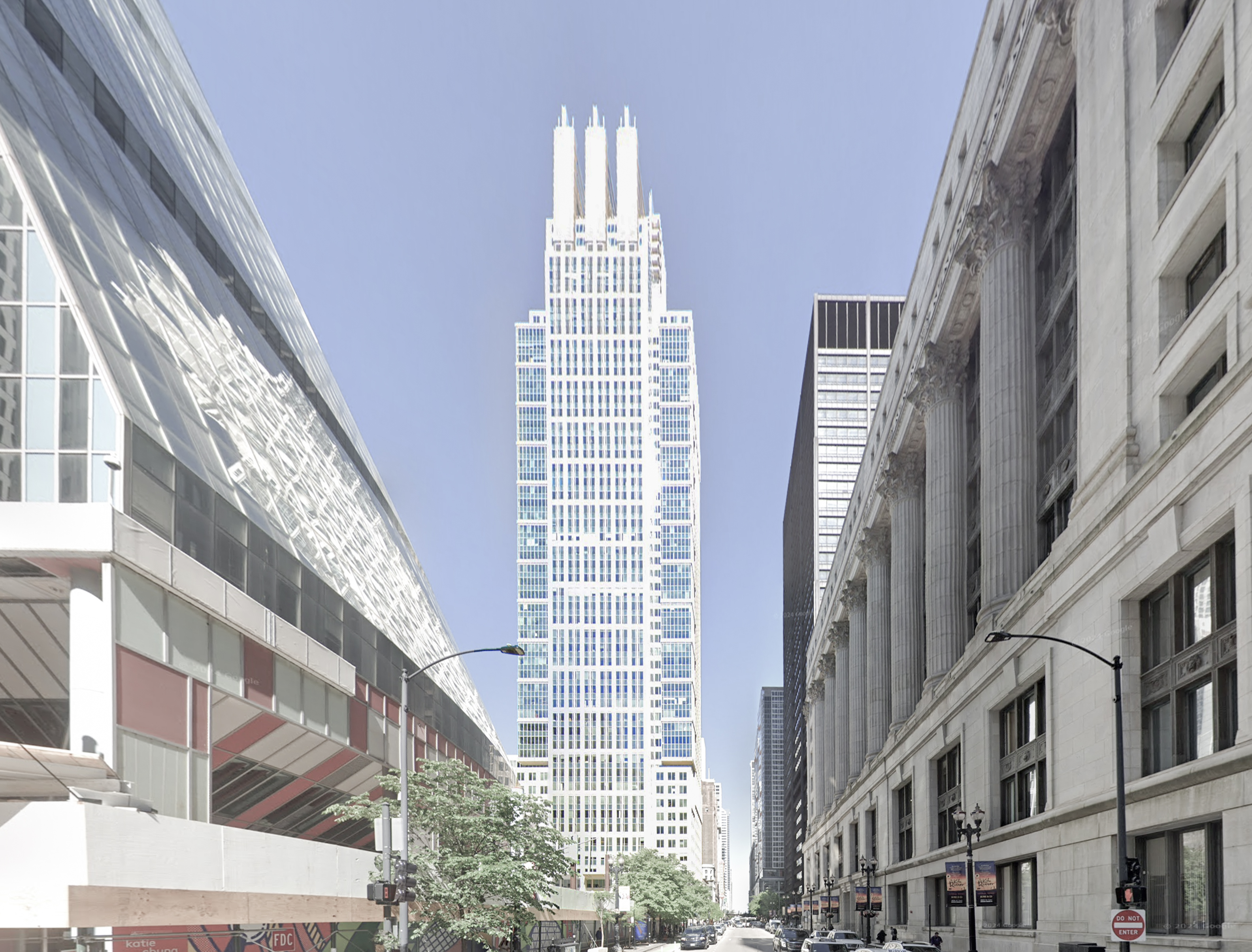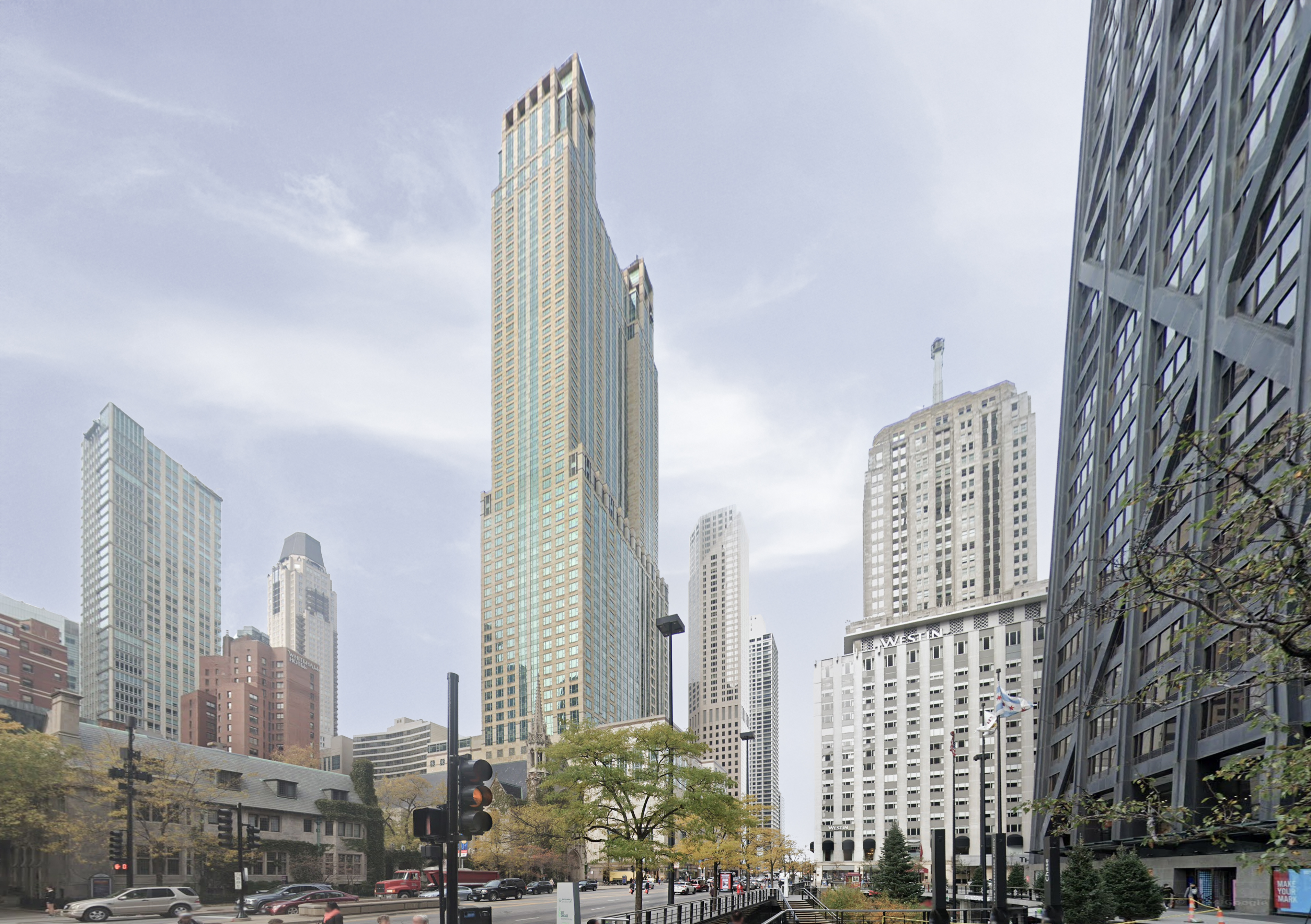The 30 Hudson Yards is a Contemporary skyscraper designed between 2011 and 2014 by Kohn Pedersen Fox Associates, and built between 2014 and 2019 in New York, NY.
Its precise street address is 500 West 33rd Street, New York, NY. You can also find it on the map here.
The 30 Hudson Yards has received multiple architecture awards for its architectural design since 2019. The following is a list of such prizes and awards:
- Structure Award 2022 Award of Excellence in 2022
- Chicago Athenaeum International Architecture Awards in 2020
On the 100th floor, at a height of 340 meters, there is a triangular observation platform that extends out from the building. On the 101st floor, there is a bar and an event space.
An outdoor staircase at the top of the tower offers the attraction known as "City Climb at Edge," allowing visitors to ascend to the highest part of the building.
